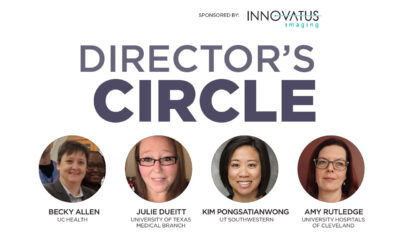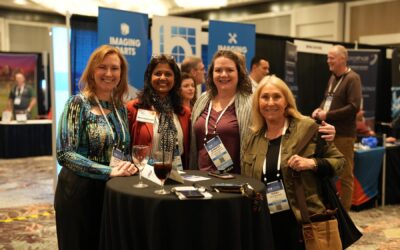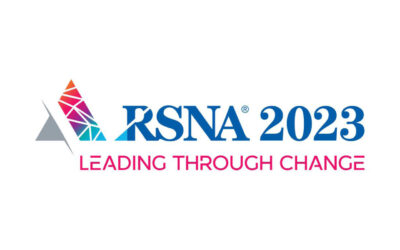 Have you seen the Amazon commercial that profiles an employee whose education was financially supported, even though it was unrelated to his role at the company? That financial investment represented a commitment to the employee’s well-being, even though it meant he would leave the company. The sense of gratitude and connection evoked by a company that supports employees’ dreams and aspirations is something that can be elusive.
Have you seen the Amazon commercial that profiles an employee whose education was financially supported, even though it was unrelated to his role at the company? That financial investment represented a commitment to the employee’s well-being, even though it meant he would leave the company. The sense of gratitude and connection evoked by a company that supports employees’ dreams and aspirations is something that can be elusive.
Many of us can only hope to work for a company whose leaders believe and act similarly when it comes to demonstrating an understanding that people bring their whole selves to work. (Note that my comments refer to the company’s support of employees’ aspirations and not the other issues that have plagued it.)
Now back to the topic of the whole self. It’s not only about accepting the way people look or think. It also captures what they aspire to be in life, even when that does not include the company where they work. That’s a hard pill to swallow when financial investment is involved. But this type of respect and support for employees does not have to include money.
Many of a company’s decisions are, of course, driven by financial gains and losses. It has to be the rare person who works and expects no pay, and the rare company that exists without the intention to make money. Even nonprofits need money to do great work. But should money be the primary driver when it comes to supporting the futures of employees? Money drives us to artificial commitment in the form of holding employees hostage for two years after they get a degree. Money pushes us to declare that education financially supported by the company must be related to the person’s job. Thus, they must have permission to take courses that are unrelated to their current work. These constraints drive some employees to secretly invest in themselves with a plan to leave, while some stretch the truth to get support. What else could be the driver to support an employee’s dreams while also helping the organization succeed?
Let’s step into reality. I doubt there exists a company with employees who don’t have a life outside of work. Some people own and run businesses while doing their 9-to-5 job. Some people are writing books, and people like me are writing articles. Some people moonlight and others are entrepreneurs in their off-hours. Some find it a little terrifying to tell the leaders at their companies what they do outside of work. I’ve been in countless interviews where I was questioned about the nonprofit I run and how I can do that and work an HR job. I’ve done both of these jobs (and more) for 10 years! I’m not a superwoman, although some of my friends may disagree with that statement. I say I’m motivated and, very importantly, I have a team of passionate and dedicated leaders who help me make mine and other people’s dreams come true. I would never consider not supporting an employee’s dream because it didn’t align with the vision of my organization. I won’t tell people what their dreams should be. I am happy to support and honor what they choose to do with their lives. If I can assist financially, I will. If I can help by being a reference, I will. If I can lend support by providing time off, I will. Because what I recognize is that whole people come to work, happy people stay at work and are likely to support you in the future.
Ask the gentleman in the Amazon commercial who is now a medical professional. I do recognize that not every company has the financial standing to give money without restrictions. But if you budget to support the educational aspirations of team members, maybe you can avoid limiting them to what you think their goals in life should be.
Here are more things companies do to support the goals, dreams and life paths of their employees:
Financial support for nonprofit work – I worked for a company that sponsored my nonprofit (CALE Now! www.calenow.org) for two years in a row. The donation made a powerful difference for the children who benefited. We are forever grateful.
Time off to volunteer – Companies recognize the need for rejuvenation through service and offer paid time off for employees to give back.
Sabbaticals – Time off to pursue your passions or to restore your well-being is invaluable.
Lump sum of money to do as you please with it. No questions asked.
Flexible schedule – Some organizations support a change of work hours to accommodate class schedules and study time.
Here are a couple of questions I’d ask myself as I consider the engagement and commitment of people who report to me:
How can I create an environment that enables employees to live their dreams without fear of their commitment to the company getting questioned or their employment options being limited?
How might creating a psychologically safe environment impact their mental health, engagement and commitment?
There are more questions and more things to consider from both the employee’s and the leader’s perspectives, but now you have a place to start. And the new year is as good a time as any to look forward. Happy 2022! May it be your best year yet.
Kiahnna D. Patton is senior human resources business partner at Children’s Hospital Los Angeles (CHLA) and a nonprofit founder.








